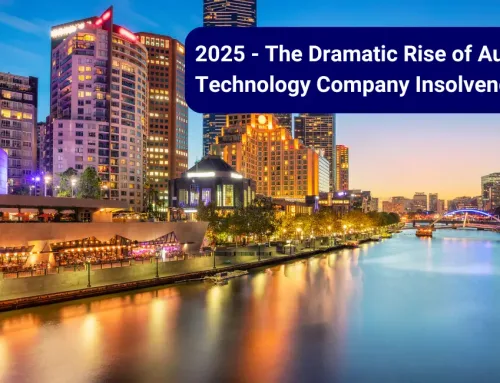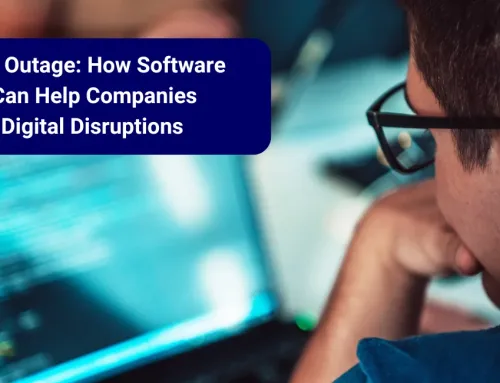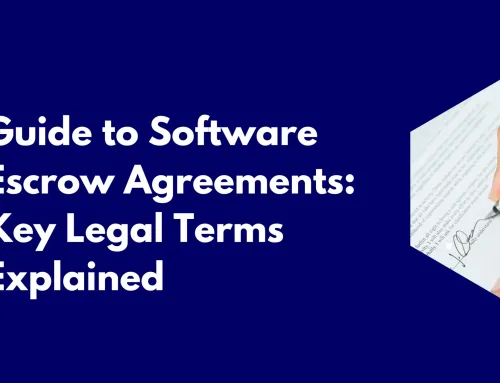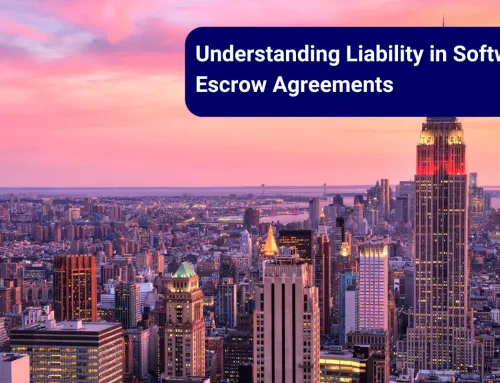Escrow London urges businesses to look into Software Escrow following an increase in IT company insolvencies
Increased insolvencies amount to increased risks
“Economic uncertainty in the UK”, “Soaring energy prices”, “Turmoil in financial markets saw the pound slump to a record low of $1.03” – these are just a few news headlines that have hit the UK recently.
Stats taken from The Insolvency Service, which are published by the UK government on a quarterly basis, show that insolvency has increased for businesses in computer programming, consultancy and related activities as well as information service activities. Statistics show that in the first half of 2022 insolvencies in this business category amounted to a total of 462, compared to 289 insolvencies in the first half of 2021 and 265 insolvencies in first half of 2020. This equates to a 74% increase.
A similar situation is also happening to businesses around the world. According to a recent article published by ABL Advisor, it reported that bankruptcy filings in the US during August 2022 across all chapters totalled 35,355, a 10% increase from August 2021. The Statista Research Department reporting on the annual growth in global business insolvencies by region from 2008-2023, have also shown similar findings and have stated that insolvencies are in most regions as the rising inflation starts to have an impact on the financial situation of several businesses.
As economic uncertainty and insolvency of IT related businesses continues to rise in the UK and across the globe, Escrow London are experiencing both an increase in companies triggering their Software Escrow Agreements due to a software vendor insolvency and companies wanting to invest in Software Escrow Agreements. Companies want to protect themselves from the potential risks of their service provider going bust, which could result in catastrophic consequences for the business if not protected.
Whether your business is shifting to Software as a Service (SaaS) hosted applications to increase efficiency or you are licencing a piece of software from a developer, a Software Escrow Agreement should be considered to ensure business continuity of your services. This article explains what a Software Escrow Agreement is and lists the different types of Software Escrow Agreements available today.
What is Software Escrow?
Software Escrow Agreements are set up to provide comfort to the end user that if the software developer is unable or unwilling to support the software, the source code and other deposit materials can be released to them. By having access to the deposit materials, the end user can then continue to maintain the software without the involvement of the developer. Release conditions outlined in a Software Escrow Agreement usually include the following and may be negotiated between the parties:
- Insolvency – The state of being unable to pay debts.
- Bankruptcy – Declared in law as unable to pay debts.
- Discontinuing support or service of the software application.
- Failure to support the product that is licensed to the Beneficiary and then failing to cure such a material breach within 10 days of notice.
- Transfer of IP rights to a third party who does not provide the same level of protection provided for in the escrow agreement.
If a release condition occurs, the beneficiary may apply to the software escrow vendor to release the deposit materials including the source code. The depositor has the opportunity to dispute such a release condition and if necessary, the dispute may be moved to arbitration.
Different types of Software Escrow Agreements
A range of Software Escrow Agreements to suit every type of licencing contract are available on the market today. The most common ones include:
- SaaS Escrow – This Software Escrow Agreement is used when the application is a SaaS hosted in AWS, Microsoft Azure, Google Cloud, or data centre. This agreement protects both the cloud environment and the customer data.
- Single Beneficiary Source Code Escrow Agreement – This Software Escrow Agreement is made up of the depositor, beneficiary and software escrow vendor as the independent third party. A software escrow agreement of this type is usually used when a client is licencing software from a developer.
- Multi Beneficiary Source Code Escrow Agreement – Multi Beneficiary Agreements are used by a developer to provide comfort to their clients that they have a standing Software Escrow Agreement in place. By having this type of agreement in place, under a single agreement, the developer is able to add an unlimited number of beneficiaries to the master agreement.
- Data Holding Agreements – Data Holding Agreements are used when a company is using a developer to create a bespoke application and the beneficiary owns the intellectual property. This type of agreement provides protection for the customer that in the event of a dispute with the developer mid project, another developer will then have the source code to continue the project and prevent serious delays.
In these uncertain times, if you ever have doubts about your critical software vendor not being financially stable, worry they may discontinue the service and support or breach their maintenance or support obligations, then using a software escrow vendor would help mitigate these risks.
##
About Escrow London
Escrow London is a global software escrow vendor headquartered in the United Kingdom. Our global coverage is provided across our London office, Escrow London North America Inc in Atlanta, and our Australian office in Sydney.
We have invested considerable resources into innovation to reinvent software escrow for a SaaS world. Escrow London provides a range of SaaS Continuity escrow solutions suitable for AWS, Microsoft Azure and Google Cloud hosted SaaS applications. We support a wide range of clients includes major law firms, banks, central banks, insurance companies, technology companies and government organisations.








